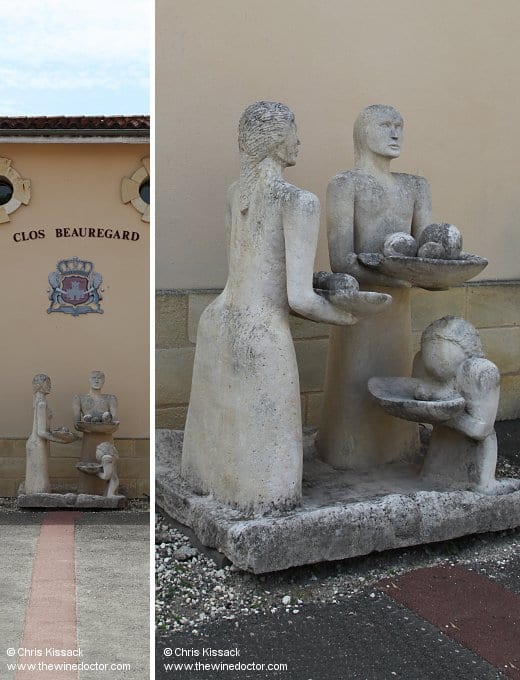Clos Beauregard
The story of Clos Beauregard brings together two well-known Pomerol estates, Château Beauregard and Château Taillefer. Château Beauregard lies directly to the north and, as the name perhaps suggests, Clos Beauregard was once part of this larger estate. As such the two have a shared history, up until the first half of the 20th century at least. I shall therefore not repeat the entire history of Château Beauregard here, as it is presented in full detail in my profile. In very brief form then, the Beauregard estate owes its birth in the 12th century to the Commanderie des Hospitaliers de Saint-Jean de Jérusalem, who probably offered lodgings to pilgrims who were en route to Santiago de Compostela , the pilgrimage route running along the Route de Saint-Jacques de Compostela, just outside Beauregard’s front-door.
Little is known about life on the estate during the next five hundred years, and it is only with the tenure of the Beauregard and Chaussade families, during the 17th and 18th centuries, that the story begins to crystallise once more. Thereafter the estate went into decline as the vineyards were replanted with madder by Pierre-Elie Barry-Berthomieu, during the post-Revolutionary years, and it remained in the doldrums until it was eventually rescued by Raymond Clauzel and his descendants, starting in 1922.

Please log in to continue reading:
